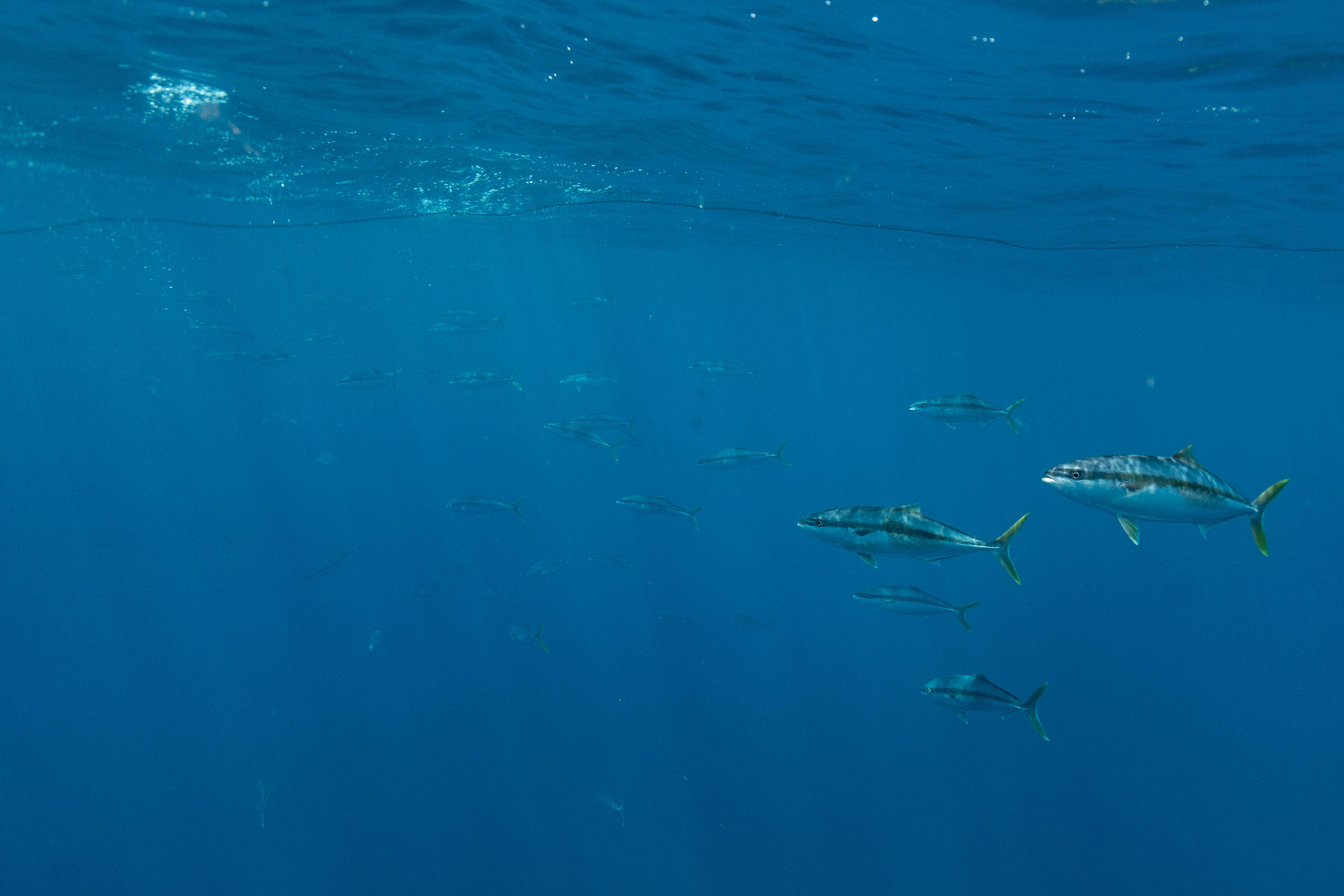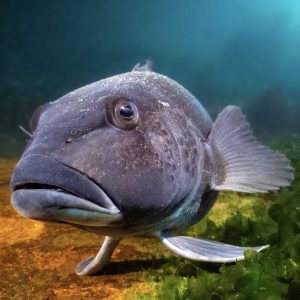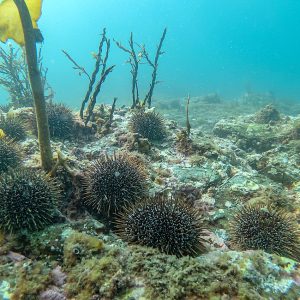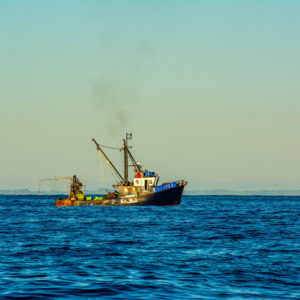First published in The Adventurer, July 2024
This little fish went to a foreign fish market, this little fish was ground into cat food, and this little fish was fished all the way to the brink of collapse. A tragic ending is on the horizon for our humble baitfish.
Concerning reports from fishers between Northland and the Bay of Plenty coastline paint a grim picture: baitfish workups are becoming few and far between. You don’t have to be a scientist to notice the lack of seabirds diving into schools of baitfish or kingfish missing out on a feast.
Just because these small yet mighty fish are at the bottom of the food chain, doesn’t mean they are any less important. In fact, it makes them more crucial.
The absence of an essential food source can impact the entire food chain. We have seen firsthand the consequences from overfishing of key predator species, such as crayfish, as kina barrens spread along the coastline.
Officials have decided not to review the commercial catch limits of baitfish species on the east coast between Cape Reinga and Wellington this year. But ignoring the problem doesn’t mean it’s not real.
To make matters worse, the stock status for blue and Jack mackerel along this coast remains unknown. There is no certainty whether recent catch levels or the total allowable commercial catch (TACC) for these species are sustainable in the long term.
Because these fish are considered ‘low value’ by commercial interests – being exported for as little as $1.60 per kilo, quota owners are less willing to cough up the dollars to fund a stock assessment.
The cherry on top? More than 10 million kilos of blue and Jack mackerel were commercially harvested from the northeast coast last year.
It is ludicrous that such a large fishery operates with so little available or reliable data. This exploitation essentially gives the middle finger to kingfish, seabirds, whales and dolphins, all of which rely on baitfish species as food.
The Minister must manage these low knowledge fish stocks in a more precautionary manner. The greater the doubt, the greater the caution.
A recent NIWA investigation into the causes of the mushy-flesh snapper found that the Hauraki Gulf has experienced a significant decline in phytoplankton productivity – tiny particles which baitfish consume – possibly due to “recent weather patterns”.
Decades of overfishing and recent poor productivity mean baitfish populations are on the path of depletion. But blaming the climate is not an excuse for inaction. Something needs to change.
While we can’t change the weather patterns, we can control the amount of baitfish taken from our waters. If climate is the main reason for decreased food production in the Gulf, then it is the perfect reason for the fisheries Minister to take a precautionary approach to ease the pressure on an ecosystem already under stress.
LegaSea will continue to put pressure on the Minister to conduct a stock review and lower commercial catch limits for baitfish stocks on the North Islands east coast. But we can’t do this alone. We need your support. Subscribe to LegaSea to receive our detailed newsletters to keep informed.
Because without baitfish in our inshore waters, we can kiss goodbye to enjoying our favourite kai moana and a marine environment bursting with abundance.





